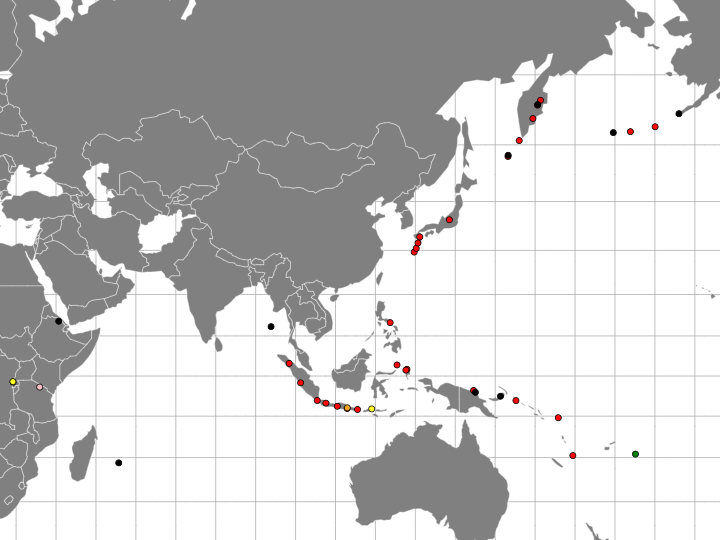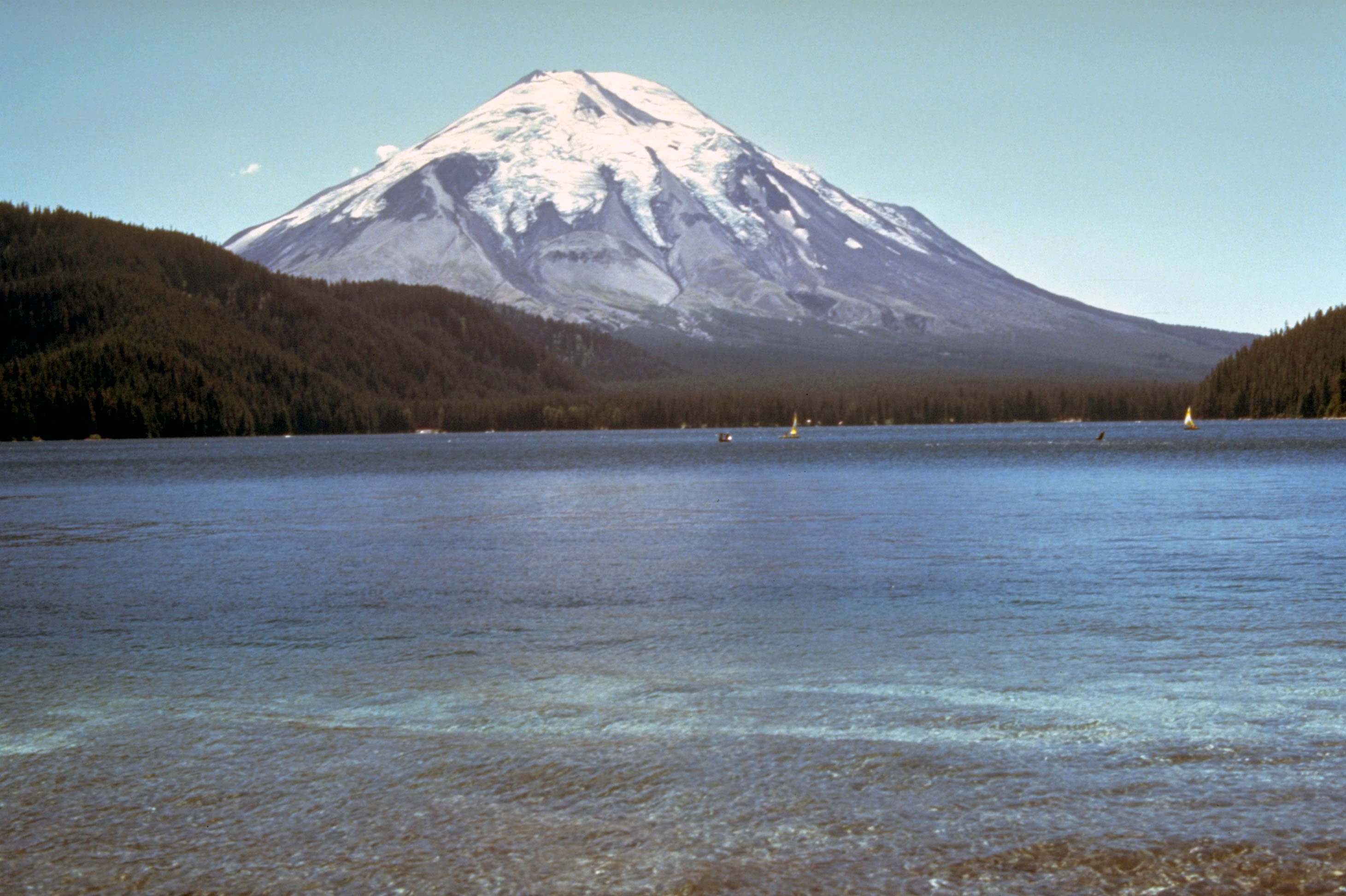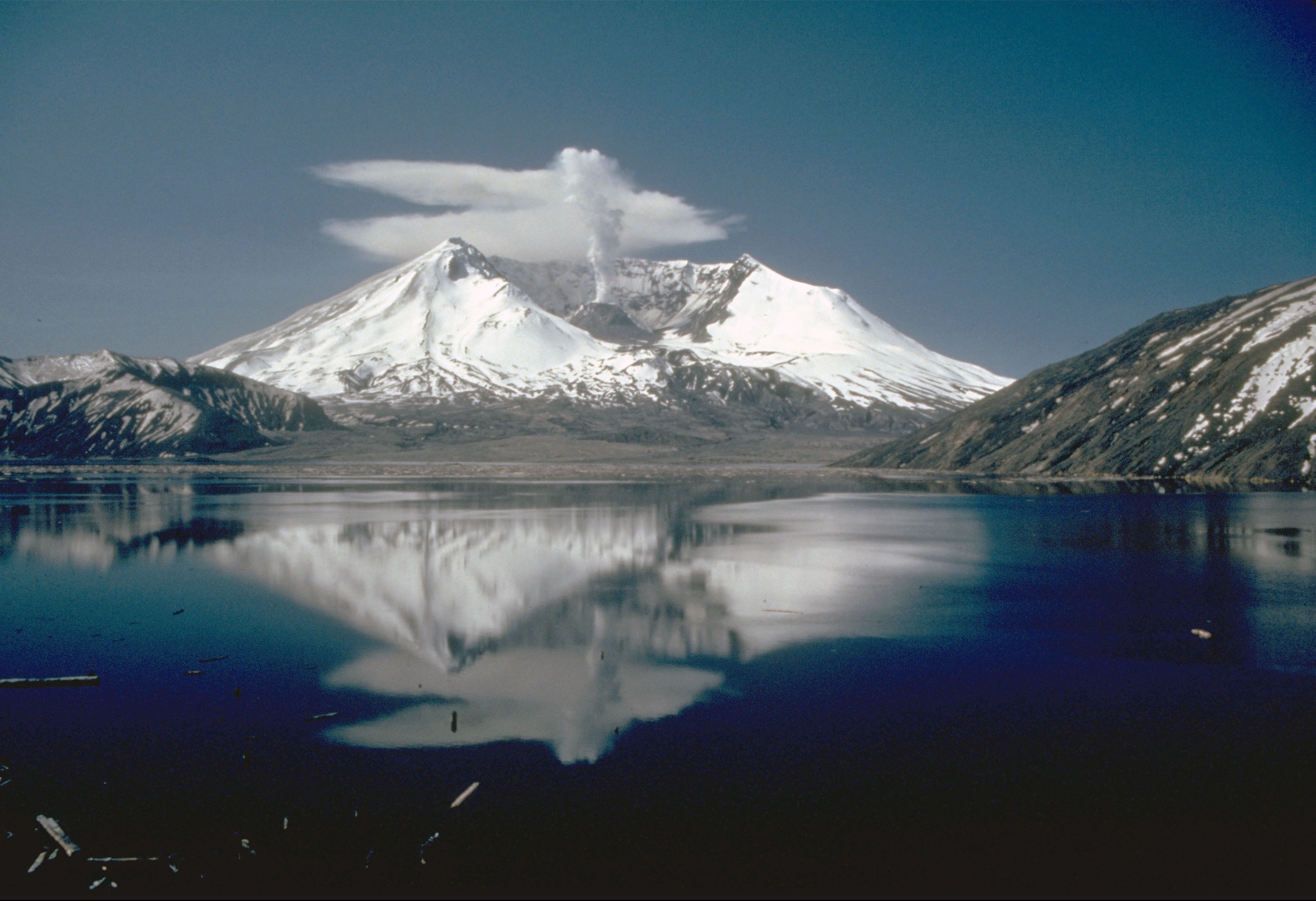New igneous rocks are being formed on the earth all the time. We know this because igneous rocks can be observed forming at active volcanoes. The Smithsonian Institution's Global Volcanism Program (GVP

Figure 2.01. Locations of some of the Holocene volcanoes in the GVP database. Click on the image to see a larger, iteractive map with all Holocene volcano locations.
As you can see in Figure 2.01, some areas of the earth have active volcanoes, whereas many other areas have none. What determines where the volcanoes are located?
Most readers of this text will have learned in an introductory geology course that many volcanoes occur near the boundaries of tectonic plates. Return to the large version of Figure 2.01 and click on the "Show Plate Boundaries" button, you can see for yourself which volcanoes are near plate boundaries. If you need to refresh your memory on plate tectonics concepts, follow the links in the "Plate Tectonics Resources" web-resources page.
Use the pulldown "DataSet" list on the large version of Figure 2.01 to display the Holocene volcanoes by tectonic setting. The majority (1004) of the Holocene volcanoes on the Global Volcanism Program (GVP

